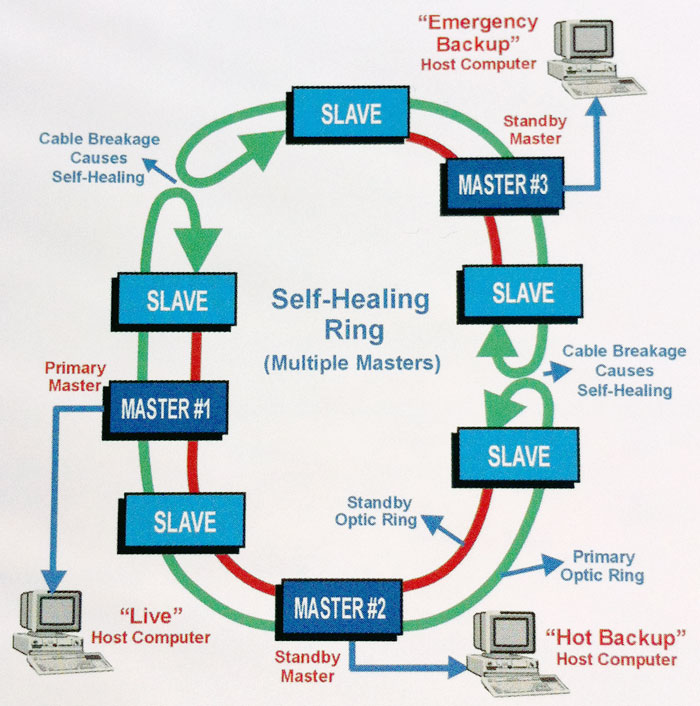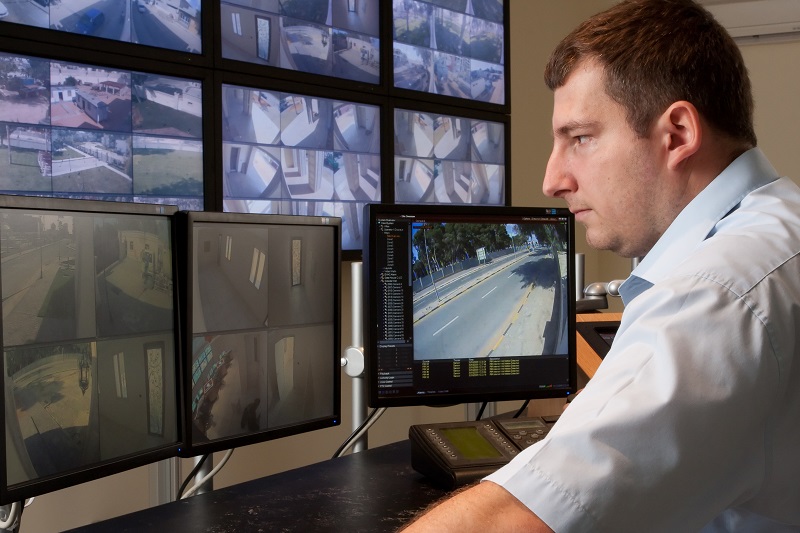The Ultimate Guide to Fiber Optic Protection Equipments for Your Company
In an era where protection concerns are critical for services, understanding the details of fiber optic modern technology can be transformative. This overview outlines how incorporating fiber optic security systems not only improves data defense but also uses advantages like resistance to disturbance and real-time monitoring capabilities. As organizations examine their safety and security requires, it comes to be critical to consider the installation process and the current developments in the area. What particular elements should be prioritized when choosing the right system, and just how can services ensure they make one of the most informed options?
Understanding Fiber Optic Technology

The core of a fiber optic cable is composed of a thin glass or plastic facility, surrounded by a cladding layer that shows light back into the core. Single-mode fibers are designed for long-distance transmission, while multi-mode fibers are appropriate for much shorter distances, typically used within buildings.
Optical fiber are not only much faster yet additionally a lot more safe and secure than traditional electrical wiring. Their integral resistance to electro-magnetic interference and the trouble of touching into the signal without detection make them a favored option for services focusing on information stability and safety and security. As companies increasingly rely on secure and reliable interaction systems, understanding fiber optic modern technology ends up being necessary for informed decision-making.
Key Advantages of Fiber Optic Protection
When taking into consideration safety options for a business, the advantages of fiber optic systems are particularly engaging. Fiber optic technology offers remarkable data transmission speeds and bandwidth capacity, making it optimal for managing high-resolution video feeds from surveillance cameras. This ability guarantees that security workers get real-time data, boosting overall reaction times to possible security threats.
Moreover, fiber optic cables are naturally immune to electro-magnetic interference, which can endanger the integrity of conventional copper-based systems. This resistance makes sure that the data sent continues to be protected and nonstop, supplying a much more dependable safety and security infrastructure. In addition, fiber optics are less vulnerable to physical damage, as they are made from glass instead than metal, minimizing upkeep expenses and downtime.
Fiber optic systems offer improved cybersecurity features, including security capacities that safeguard sensitive information from unapproved accessibility. Jointly, these advantages make fiber optic protection systems a robust option for organizations looking for to boost their safety measures.
Setup Process and Factors To Consider
Thinking about the intricacies involved, the installation process look at these guys of fiber optic safety and security systems requires cautious preparation and implementation. The first action includes an extensive website assessment to recognize ideal locations for cabling and equipment. This assessment ought to consider ecological variables, existing facilities, and prospective vulnerabilities.

In addition, the setup should abide by local building regulations and market requirements. This may include collaborating with numerous stakeholders such as structure supervisors, IT teams, and safety and security personnel to guarantee seamless assimilation with existing systems.
Post-installation, rigorous screening is needed to validate system performance and recognize any kind of issues navigate to this site that may occur. By focusing on these considerations during the installation procedure, services can make sure a durable and effective fiber optic safety system that meets their particular safety and security demands.
Latest Developments in Fiber Optic Security
Recent advancements in fiber optic innovation have dramatically enhanced the abilities of protection systems for services. One of one of the most significant developments is the integration of fiber optic sensing units that can identify resonances and intrusions along the boundary of a center. These sensors offer real-time tracking, making it possible for rapid reaction to potential violations.
In addition, the development of dispersed fiber optic noticing technology enables the continual tracking of huge areas with a solitary fiber cord. This approach not just decreases installment costs however also boosts the integrity of monitoring systems by eliminating the requirement for multiple, different sensors.
Moreover, advancements in multiplexing strategies have enabled services to send substantial amounts of data over fiber optic networks, boosting the capabilities of video clip security systems. High-def video feeds can now be sent over fars away without loss of high quality, ensuring that safety workers have accessibility to clear and actionable details.
Finally, making use of expert system (AI) together with fiber optic systems is transforming risk discovery. AI algorithms can analyze information from fiber optic networks to identify uncommon patterns or actions, permitting aggressive security measures. These technologies collectively stand for a considerable jump onward in fiber optic safety innovation.
Selecting the Right System for Your Organization
Picking the suitable fiber optic safety system for your organization is crucial for making sure ideal security and satisfaction. To make an informed choice, examine your certain informative post safety and security requirements, thinking about factors such as the dimension of your properties, the nature of your operations, and potential susceptabilities.
Begin by examining the degree of safety and security required; as an example, high-risk environments may necessitate innovative systems with integrated surveillance and invasion detection capabilities. Next, consider scalability; as your company expands, your protection system ought to can broadening to accommodate boosted demands without significant overhauls.
Furthermore, investigate the dependability and performance of various systems. Seek providers with recognized online reputations and client testimonies that prove to their solution top quality. It's also a good idea to inquire about the innovation's compatibility with existing framework, ensuring a smooth assimilation process.
Final Thought
To conclude, fiber optic safety systems provide a robust solution for improving business safety and security frameworks. The integration of high-speed information transmission, resistance to electromagnetic disturbance, and advanced tracking capabilities substantially boosts overall defense (fiber optic security system). By understanding the modern technology, recognizing its benefits, and considering the setup process, organizations can make enlightened decisions. The newest advancements even more strengthen the efficiency of these systems, guaranteeing that companies remain safe and adaptable in an ever-evolving threat landscape.